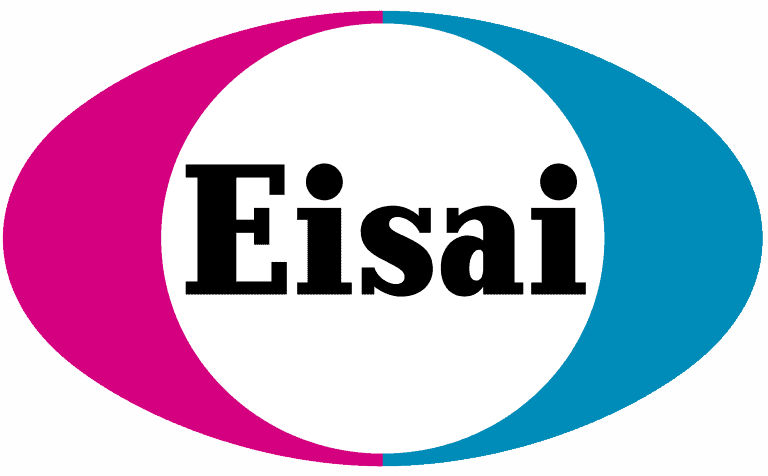Sudden unexpected death in epilepsy (SUDEP) is a topic that brings up difficult and complex emotions, and, as such, it often goes undiscussed. However, talking about SUDEP can empower families with awareness and preventative strategies, literally helping to save lives. Additionally, increased education surrounding SUDEP lends itself to advocacy efforts to advance research and end SUDEP.
SUDEP is the most common category of death across the epilepsies. Although the actual numbers are difficult to estimate given the lack of adequate documentation and research, it is thought about 1 in every 1000 people with epilepsy die from SUDEP (1,2). SUDEP is a particular risk in Dravet syndrome, accounting for over half of all mortality (3,4). SUDEP is considered the cause of death when there is no other apparent cause of death in an individual with epilepsy. Sometimes, this occurs after a seizure during the recovery (or post-ictal) period (2), and there is some evidence to suggest risk may be higher at night (5). Doctors and scientists still do not understand what causes SUDEP, although some research has led to a focus on heart rhythm and breathing abnormalities following seizure activity (2). Some researchers are also investigating changes in how the brain signals following seizure activity and there has been some focus on the serotonin system being protective (6). Since the cause (or causes) of SUDEP are still poorly understood, preventative methods are limited. Achieving the highest level of seizure control is thought to be important for lowering the risk of SUDEP. The ketogenic diet has also been associated with reduced risk for SUDEP (2). Monitoring devices are often recommended to help aid caregivers in detection and appropriate interventions in an emergency, particularly the use of continuous monitoring during sleep (1).
Despite the significant impact on so many families, we still know so little about the causes of and methods to prevent SUDEP. More research is needed.
Basic research scientists are trying to understand SUDEP in mouse models of epilepsy. While this type of research is essential to our mechanistic understanding of SUDEP, without more information on actual patients affected by SUDEP it is difficult to know which findings from animal models are representative of what is occurring in humans. Research in humans can also help to more closely characterize the numbers of individuals whose death can be attributed to SUDEP, and utilize those numbers to advocate for directing more resources towards research into this area.
The North American SUDEP Registry (NASR) was formed to collect human data about SUDEP to discover the risk factors, causes, and mechanisms of SUDEP with the goal of preventing SUDEP in the future. The registry collects information from families affected by SUDEP to compile information about individual cases of SUDEP. The NASR also facilitates the donation of DNA or brain tissue from those who have suffered from SUDEP in order to research genetics, neurophysiology, and other mechanisms that may help to elucidate more about the cause of SUDEP and lead to preventative approaches. Trying to think about participating in research in the face of an unimaginable loss is not an easy thing to ask, but being informed about options in advance may make decisions in a time of crisis more manageable. Families affected by SUDEP have voiced frustration at not being aware of the ability to donate tissue samples to SUDEP research. Some tissue donation decisions must be made quite quickly after a loss (usually 72 hours), making families wish they had been able to consider what choices they might make about donation in advance of the need (http://sudepregistry.org/our-stories). The NASR advocates for education about SUDEP and the availability of research participation options to help families approach this overwhelming topic armed with knowledge. Additionally, the NASR acknowledges the difficult toll a loss of this kind has on families and not only looks to help through research, but also supports families by compiling resources and creating platforms for families affected by a loss to SUDEP to share their stories. You can read more about the NASR and participation in the registry or tissue donation at their website or in this FAQ.
Discussing the risk of SUDEP with your own physicians is an important step on the path to prevention. While our understanding is limited, there are several preventative steps that can be taken to decrease the risk of SUDEP. Research into SUDEP through tissue donation and participation in registries, like the NASR, may aid in the journey to put an end to SUDEP.
References:
- DannyDid.org
- Epilepsy.com
- Skluzacek JV et al (2011) Dravet syndrome and parent associations: The IDEA League experience with comorbid conditions, mortality, management, adaptation, and grief. Epilepsia. 52(2): 95-101. doi: 1111/j.1528-1167.2011.03012.x
- Cooper MS et al (2016) Mortality in Dravet syndrome. Epilepsy Research. 128: 43-47. doi: 1016/j.eplepsyres.2016.10.006
- Ali A et al (2017) Association of sleep with sudden unexpected death in epilepsy. Epilepsy & Behavior 76: 1-6. doi: 1016.j.yebeh.2017.08.021
- Petrucci AN et al (2020) Serotonin and sudden unexpected death in epilepsy. Experimental Neurology. 325:113145. doi: 1016/j.expneurol.2019.113145






